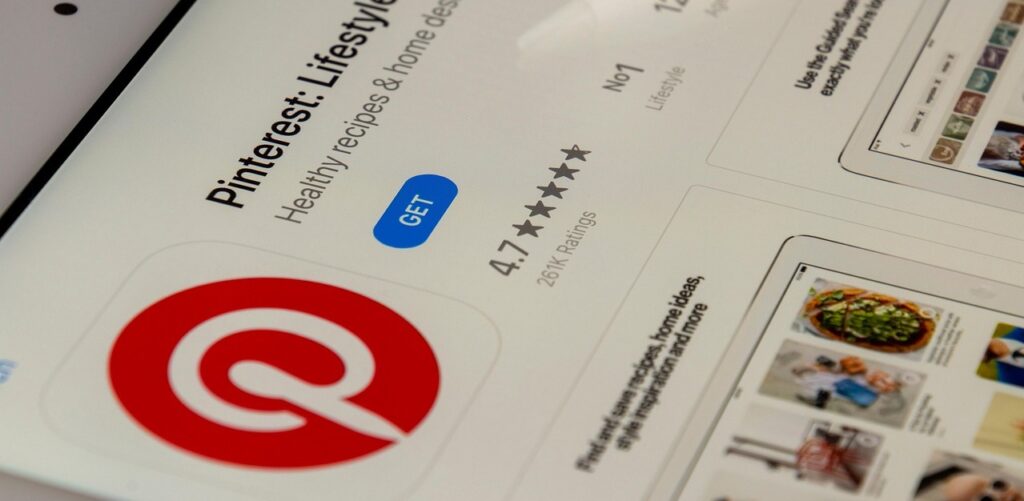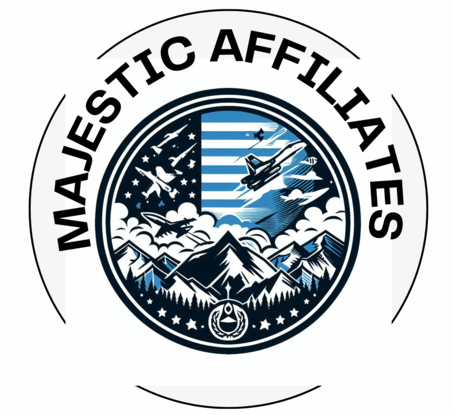Pinterest is not just a platform for inspiration—it also serves as a powerful, visual search engine. With its high-intent users and long-lasting content, it’s a prime channel for affiliate marketers. Here’s how beginners can start earning through Pinterest affiliate marketing effectively:

1. Why Pinterest Works for Affiliate Marketing
- Visual Search Engine: Users search for ideas, not just scroll—meaning they’re actively looking for solutions and products.
- Evergreen Reach: Well-designed pins can generate traffic for months or even years—unlike ephemeral posts on other social platforms.
- High Purchase Intent: About 70% of users come to Pinterest for shopping inspiration, and 80% have made purchases based on content found there.
2. Set Up a Pinterest Business Account
- Sign up for a free Business Account to access analytics, rich pins, and ad tools.
- Optimize your profile:
- Use your niche in your display name.
- Include a keyword-rich bio and a link to your website or landing page.
- Enable Rich Pins (especially product pins) to display price and availability directly on Pinterest.
3. Choose a Profitable Niche
Select a niche aligned with your interests and strong affiliate potential. Popular niches include:
- Beauty & skincare
- Home décor & DIY
- Fashion & accessories
- Health & fitness
- Food & recipes
Narrowing your focus helps you build authority and target a specific audience.
4. Join Affiliate Programs
Sign up for credible affiliate programs that allow Pinterest linking:
- Amazon Associates – wide variety of products
- ShareASale, Wealthy Affiliate, CJ Affiliate, Awin, Impact – niche merchants
- ShopStyle Collective – great for fashion and lifestyle
- Rakuten, Etsy Affiliates – lifestyle and handmade goods
Always verify that the program allows affiliate links directly in pins.
5. Design Click-Worthy Pins
Make your pins visually compelling:
- Use Pinterest’s recommended 1000×1500 px vertical ratio
- Add bold, readable text overlays and strong CTAs (e.g., “Shop Now”)
- Utilize lifestyle images with contrasting colors for better visibility
- Brand your pins with a logo or consistent color scheme
Canva templates are a great starting point.
6. Optimize Your Pins for SEO
Pinterest is search-driven—so optimize every part of your pin:
- Use long-tail keywords in pin titles and descriptions
- Include 2–5 relevant hashtags
- Optimize board names and profiles with relevant keywords
- Use Pinterest’s search suggestions and tools like Pinterest Trends, Tailwind, or Chrome keyword finders
7. Add Affiliate Links Properly
- Direct link in pin: Paste your affiliate URL in the destination field if allowed
- Landing page/blog: Link to a blog post or landing page with multiple affiliate links embedded
- Disclose: Use clear labels such as “#ad”, “affiliate link”, or “paid partnership” to comply with FTC and program requirements
8. Schedule Pins for Consistency
- Aim for 5–10 pins per day (some experts scale up to 40/day)
- Balance your content:
- 70% helpful/relevant (non-affiliate)
- 20% original content
- 10% affiliate-focused pins
- Use scheduling tools like Tailwind or Pinterest’s native scheduler
9. Monitor, Test & Optimize
- Track metrics using Pinterest Analytics: impressions, saves, clicks
- Replicate top-performing pin styles
- A/B test visuals and descriptions based on data
- Focus on evergreen and seasonal content to stay relevant
Reddit users note Pinterest often takes 3–6 months to build momentum—you’ll see growth if you persist and refine regularly.
10. Scale with Promoted Pins (Optional)
Once you have successful pins:
- Start small ($5–10/day)
- Target based on keywords and interests
- Monitor ROI: track CTR and conversions
- Scale ads based on your success and budget
Common Mistakes to Avoid
- Spamming affiliate links without valuable context
- Using low-quality, non-optimized images
- Neglecting to include affiliate disclosures
- Ignoring platform updates and guidelines
Real Success Story
Becca, a side hustler from the UK, earned £8,000/month from Pinterest affiliate marketing (no blog!), sharing:
- Business account with analytics
- SEO-optimized pins
- Affiliate links embedded in pin URLs
Getting Started: Your Pinterest Affiliate Checklist
- Create a Pinterest Business Account
- Select your niche
- Sign up for affiliate programs
- Design 5 eye-catching pins using Canva
- Optimize titles & descriptions with keywords
- Add affiliate URLs and proper disclosures
- Schedule pins for consistent posting
- Track metrics and refine based on performance
Final Thoughts
Pinterest is a visual search engine with high-intent users, making affiliate marketing both effective and sustainable. By focusing on quality visuals, SEO optimization, and disciplined pinning, you can build a reliable passive income stream—all without needing a blog or large audience.
Want ready-made pin templates, SEO keyword lists, or optimized descriptions to start? Just say the word—I’m happy to help!
